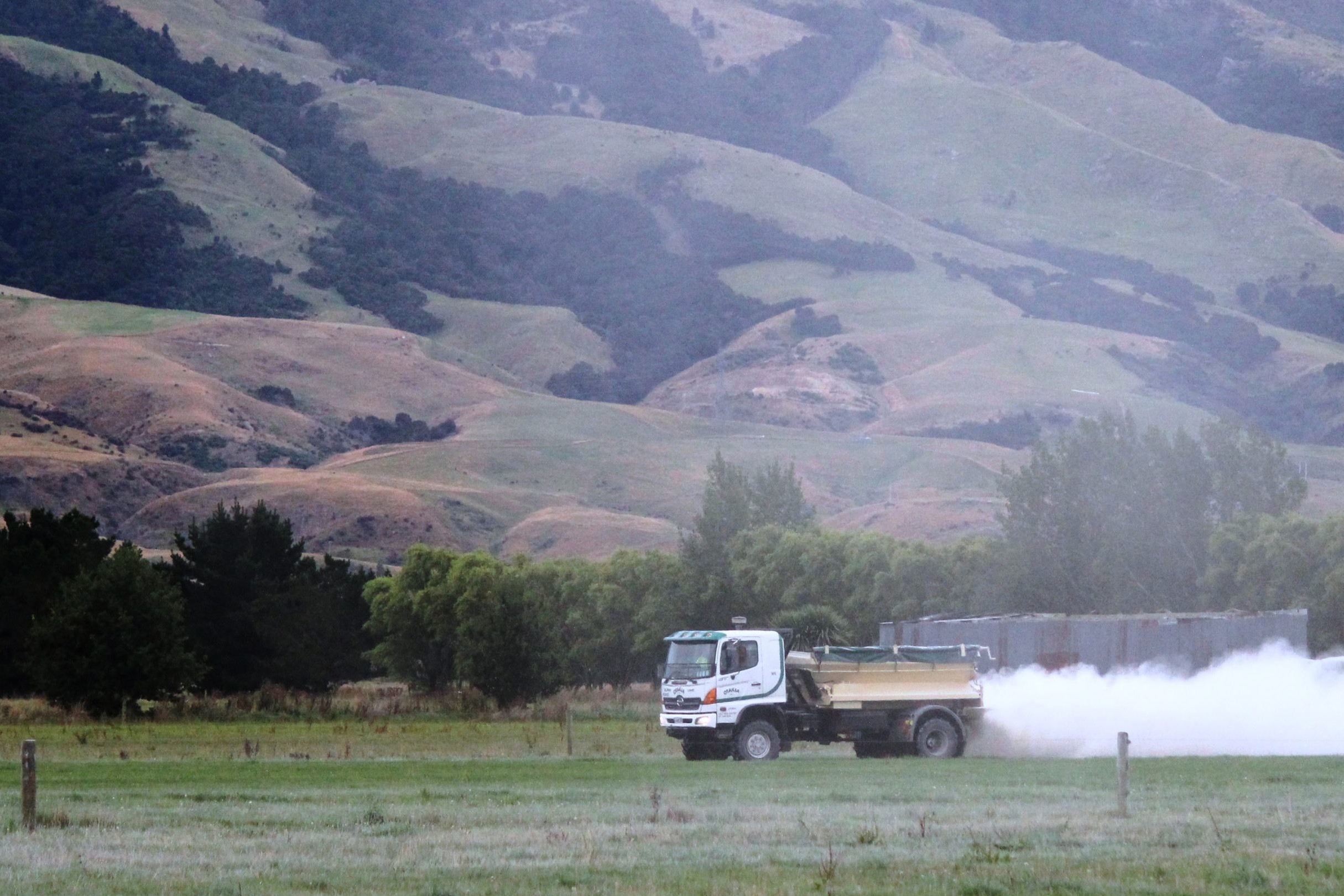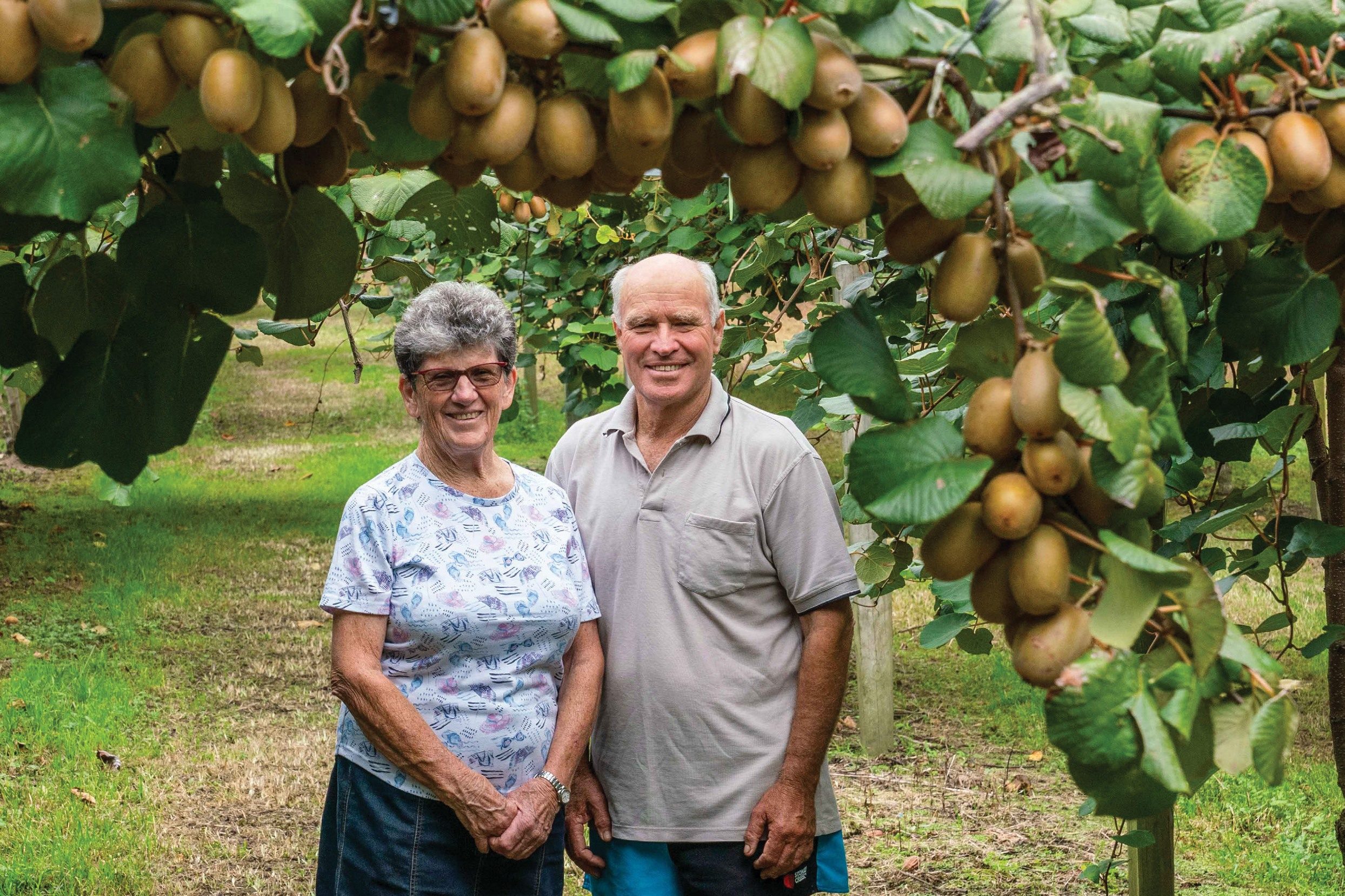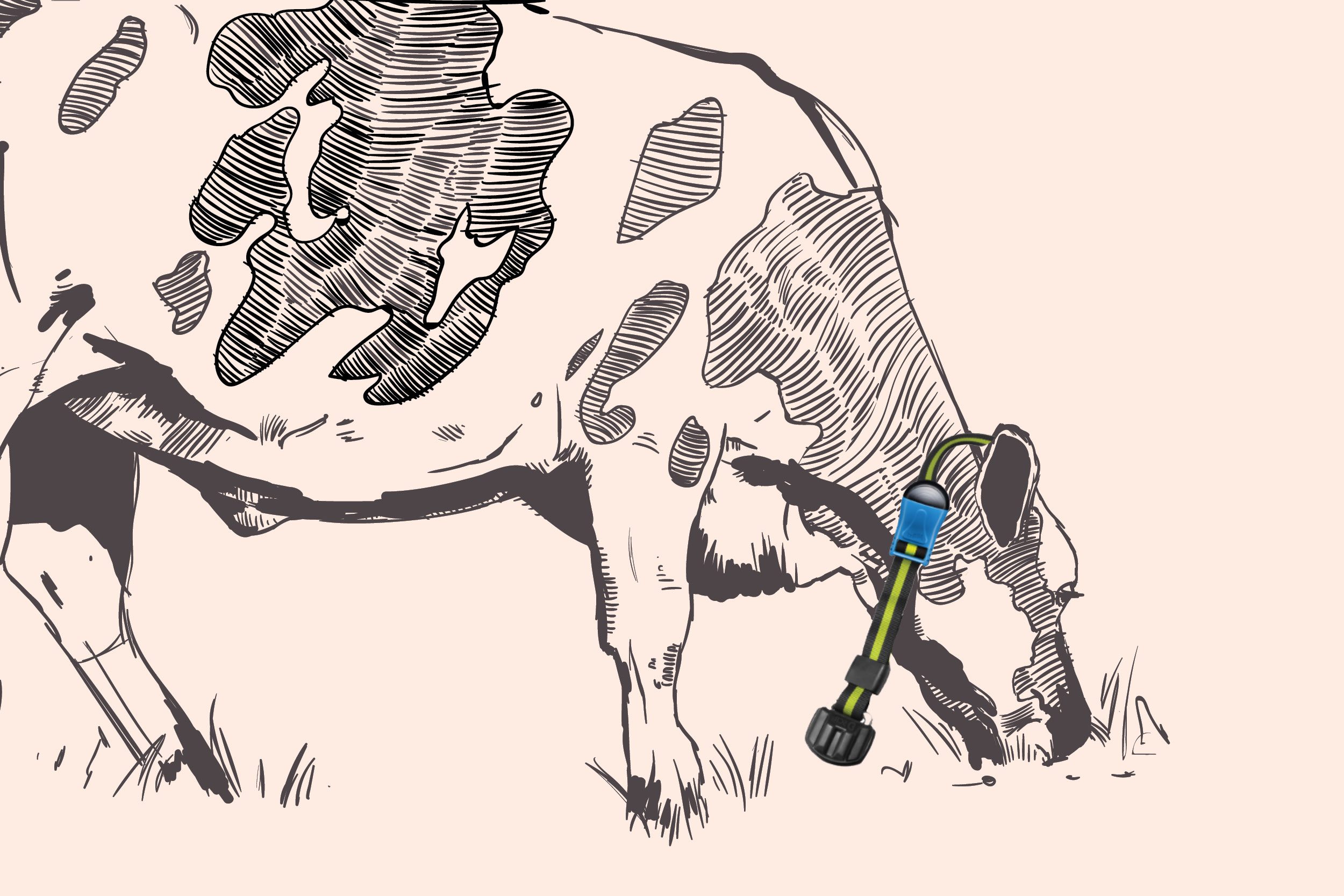Seeking the sweetness of lime
Seeking the right balance of soil acidity, lime is an essential additive to farms. Story and photographs by Karen Trebilcock.

Lime is not a fertiliser but it’s crucial to make your grass grow and to keep your cows on their feet.
There are two reasons we put lime on our farms. One is to increase pH and the other is to add calcium.
New Zealand’s soils are mostly slightly acidic because of our high rainfall and warm climate which speeds the decomposition of organic matter and nutrient leaching.
The higher your rainfall, the more calcium you will be losing.
Remember the pH scale of 14 – zero is acidic and 14 is alkaline and in the middle, seven, is neutral.
Pasture likes to grow at between 5.5 and 6.5 pH, so that’s slightly on the acidic side.
Land needing lime is often referred to as sour, in other words, too acidic, while adding lime makes it sweeter.
As well as our climate, there are things we do which make our soils acidic including using nitrogen fertilisers and growing legume-based pastures and crops. All that nitrogen fixing our legumes do lowers the pH.
But not all fertilisers reduce pH. Superphosphate contains 20% calcium so raises it. And remember for every 1000 litres of milk the dairy tanker takes from your farm, that’s 2.25kg of calcium you’re also saying goodbye to.
Lime is calcium carbonate (CaCO3) and it raises the pH using complex chemical reactions involving hydrogen ions. The hydrogen comes from rain, or soil moisture, so if it gets too dry don’t expect to see the results.
The calcium in lime is absorbed by plants which need it to grow. The plants are eaten by our cows who use it to grow too and, of course, make milk.
The worms also need it, and the bacteria that decompose organic matter (cow poo), and all of these help to keep the soil friable and able to retain moisture, or not when there is too much of it.
Lime also, through some even more complicated chemical equations, increases the availability of phosphorus, nitrogen, potassium and magnesium as well as trace elements like boron and molybdenum to plants and so also to our cows.
So lime is needed for lots of reasons. It’s not just about the pH. Luckily, lime is found in the ground throughout NZ. Most regions have lime quarries where the stone is crushed and pulverised.
Your region may even have a historic lime kiln where once lime was burnt to produce burnt lime, or slaked lime, also known as hydrated lime, which is burnt lime with water added to make it more alkaline.
Today there are a variety of products on the market and they differ by particle size and chemical composition.
The finer ground the lime, the quicker it increases the pH as there is more surface area. And it appears you can’t go too fine, with results showing finely ground lime stays in the soil doing its job for the same length of time as the coarse stuff.
However, get too fine and if you spread it on a windy day your riparian strip and your neighbours might get most of the benefit.
To stop that happening you can buy pelletised lime which is finely ground lime in a pellet form which sounds great but it’s expensive.
Limestone rock is never pure, it always contains sandstone, silt or clay. Always find out the calcium content of the lime by asking for a recent analysis of the rock they’re mining. It can be anywhere from 99% calcium down to 60%.
However, this stuff is heavy so the transport costs of getting it from a better, but more distant quarry, may outweigh any benefits.
But spreading a lower grade product will cost more, as you will have to put more on.
Be careful of the liming properties from what can be known as “basic slag” which is a by-product of manufacturing processes.
Always look at what is in it besides the calcium you’re wanting. It may also contain small amounts of dangerous chemicals that over time can build up in your soil.
If you haven’t put lime on for a few years, or don’t know your farm’s history, looking at your paddocks should tell you if they need it.
Pasture which is dominated by dandelions, moss, chickweed and yarrow is probably growing in soil that is too acidic for good grass.
Look also for poor clover growth, different-sized clover leaves, bare patches with no plant growth, few worms, shallow rooting grasses and layers of unrotted grass debris on the soil surface (remember how worms and bacteria that will break down that organic matter need calcium).
And it looks yellow – not the lush green it should be. Your cows won’t like eating it as it’s, back to that old saying, not sweet.
Google will tell you lots of ways to test your soil to find out its pH and kits can be bought at most garden centres. Your fertiliser company will also offer to do soil testing.
However you do it, make sure you take lots of samples and it should be to the depth you expect your roots to reach.
The “handy rule of thumb” to turn your sour paddock to one of sweetness is one tonne per ha of lime containing 80% calcium will raise the pH of soil by 0.1 to a depth of 7.5cm (which is three inches – it’s an old rule of thumb).
However, our thumbs must be longer these days because cropping depth is now down to 15cm so we need two tonnes per ha because it is twice the amount of soil and twice the amount of acid to neutralise.
But there’s more. It depends on soil type.
Clay soils, because of how they like to hang on to their negatively charged atoms, need more lime. Sandy soils need less.
Which is why you need a fertiliser company to do your soil tests, not a do-it-yourself kit.
Lime can be applied at any time of the year by air, and when soil conditions are dry enough for trucks or tractor spreaders.
But be careful applying it on dairy farms pre-calving as it can increase the risk of grass staggers and milk fever in calving cows. Talk to your vet, especially if you are split calving.





